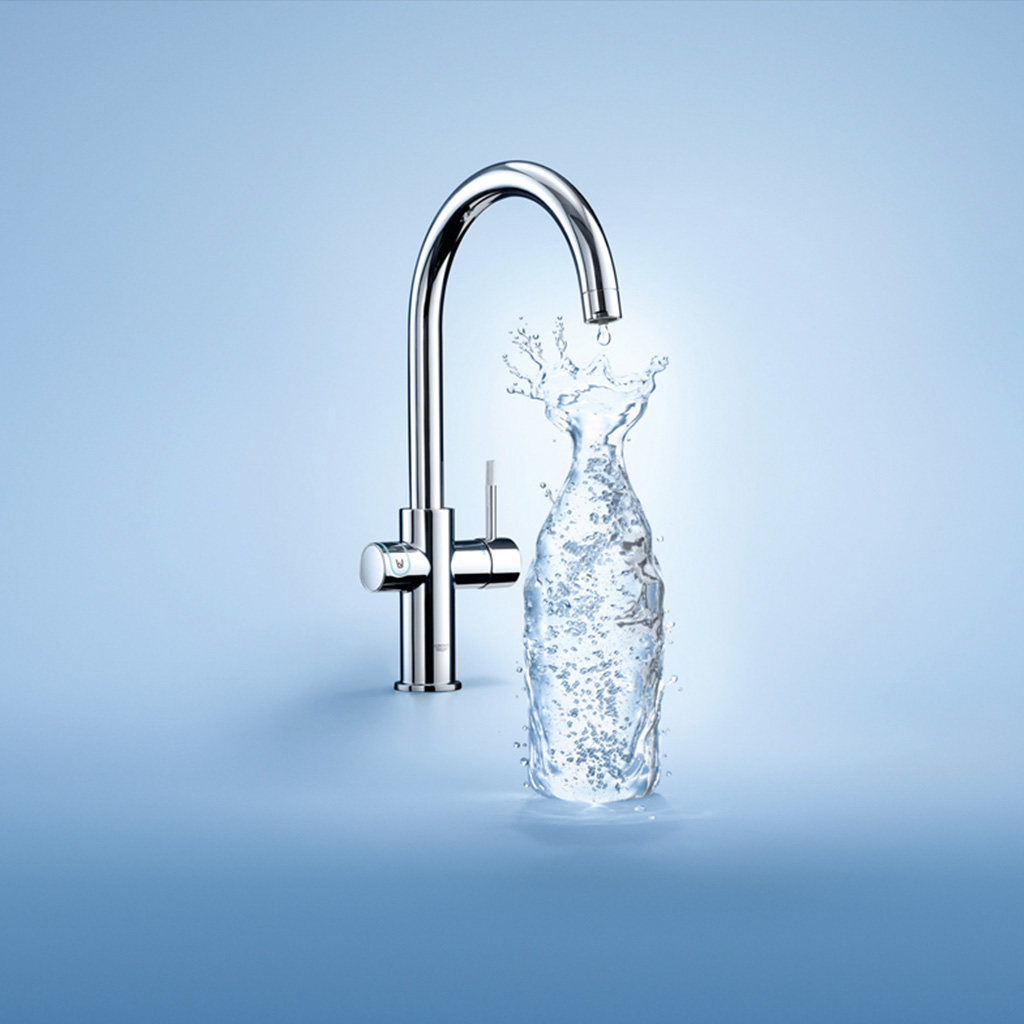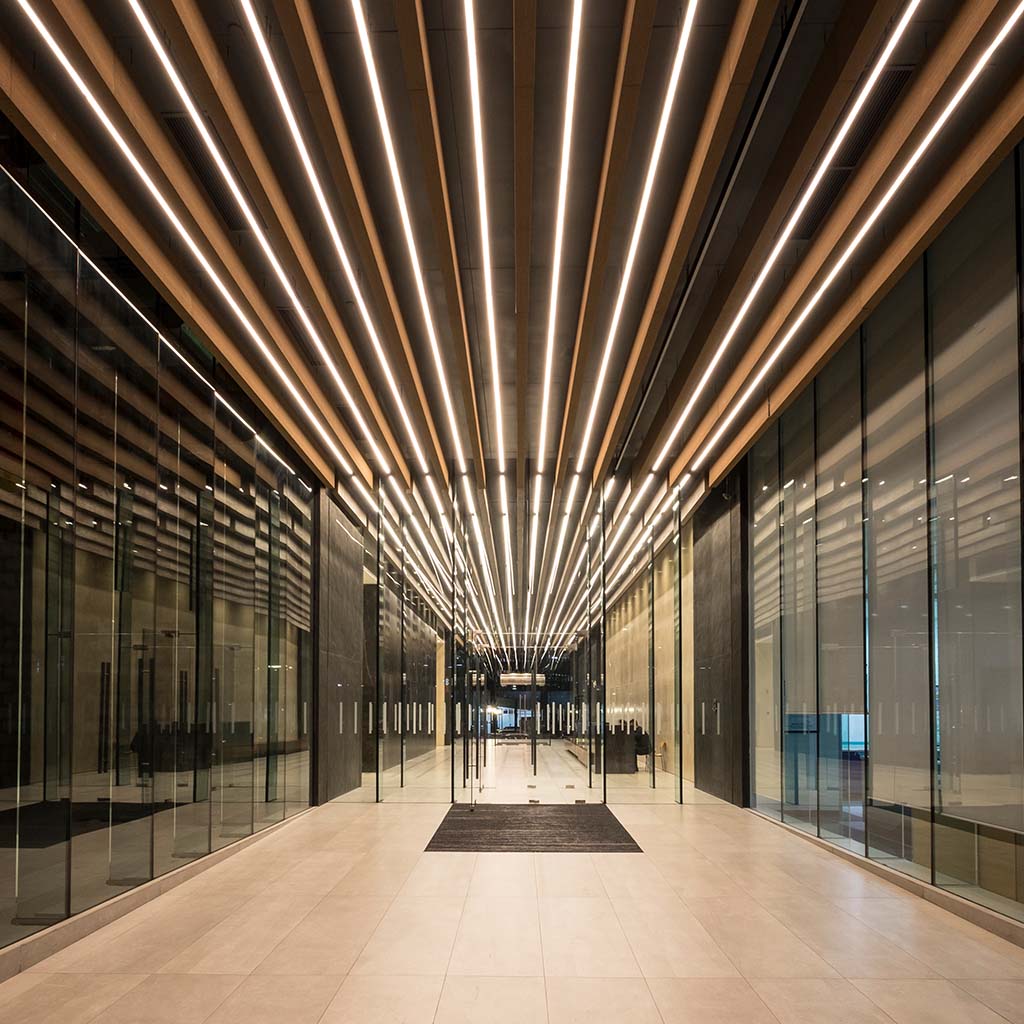
With building standards like WELL and C2C that promote environmental and personal well-being considerations, as well as product innovations in taps like those from GROHE, companies are no longer left to navigate sustainability on their own.
Since 2014, the WELL building standards and certification has been helping developers and designers create spaces that advance human health and well-being. Managed and administered by the International WELL Building Institute (IWBI), having a WELL space means that it meets the standard’s requirements for safe and sound air, water, nourishment, light, fitness, comfort, and mind. The first Philippine WELL building, Menarco Tower, was certified Gold in 2019. Today, there are at least thirty more in the pipeline.
Quality and conservation
WELL complements LEED (Leadership in Energy and Environmental Design) in creating a framework for better-performing buildings. LEED, a certification through the U.S. Green Building Council, looks at water efficiency or how you can save water. However, WELL looks at water quality—how you can use water safely and healthily. “Both are important. It’s just that we are looking at things from different angles. Focusing on health, wellbeing, and safety will lead to more efficient water use or water conservation,” says Jack Noonan, Vice President of IWBI for the Asia Pacific.
Living in a tropical country necessitates a clean flowing water supply. But even through the efforts put in place by WELL to manage water quality, why don’t people consider drinking from the tap in areas where it’s safe to do so? “We spend millions of dollars for water treatment and distribution only for water not to be used for drinking and not fit for human consumption, which renders the entire system unsustainable. So, maintaining water quality until the tap and actually drinking the water from the tap are crucial to water conservation because it makes everyone vigilant about the water flow system and reduces the need for plastic bottled water,” adds Noonan.
In a research led by the Barcelona Institute for Global Health (ISGlobal), the impact of bottled water results in a 3,500 times higher cost of natural resource extraction than tap water. However, change can’t happen overnight. Reducing the use of bottled water or, even better, banishing it, will require changes in consumer behavior and corporate policies—a merger of efforts from the public and private sectors.
“Climate change is not something that governments and leaders or individuals alone can handle, the private sector is a very big part of this picture, to actually drive the change that we want to see in the world today.”
Priyanka Tanwar, LIXIL’S Corporate Responsibility Lead
GROHE at Home
One such company focusing on this responsibility is GROHE, a leading global brand for complete bathroom solutions and kitchen fittings. “We are happy to share that GROHE, which is one of our brands at LIXIL, is now produced at plants, all of which across the world are carbon neutral. So, each of our fittings plants are completely carbon neutral in line with LIXIL’s environmental vision of 2020, which is focused on carbon neutrality and reducing the use of plastics,” says Tanwar.
In the past ten years alone, GROHE’s success garnered more than 490 design and innovation awards as well as several sustainability awards. GROHE is also driving sustainable transformation as a part of the 50 Sustainability & Climate Leaders.
“We follow the United Nations Global Compact guidelines, right from procurement to the entire manufacturing process. Not only do we have carbon neutrality at our plants. We use about 50% of renewable electricity. And wherever possible, we recycle resources like water. We are concerned about what kind of plastics or resources are used in packaging,” adds Tanwar.

Moreover, GROHE has officially entered the circular economy by achieving Cradle to Cradle (C2C) Gold certifications for four of their products—three GROHE faucets (GROHE BauEdge S-Size, GROHE Eurosmart S-Size, GROHE Eurosmart Kitchen) and the GROHE Tempesta shower rail set. C2C is the global standard for assessing the safety, circularity and responsibility of products to ensure a positive environmental impact.
Related: LIXIL and GROHE’s Water Detection and Filtering Systems are both practical and efficient
Beyond the cries of the next generation of activists that clamour for more conscious living, sustainability now flows in the spaces we live in, and even through the seemingly mundane products we use. With the guidance of organizations like WELL and C2C, companies are doing their part to make sure there is still a world to call home in the years to come.




